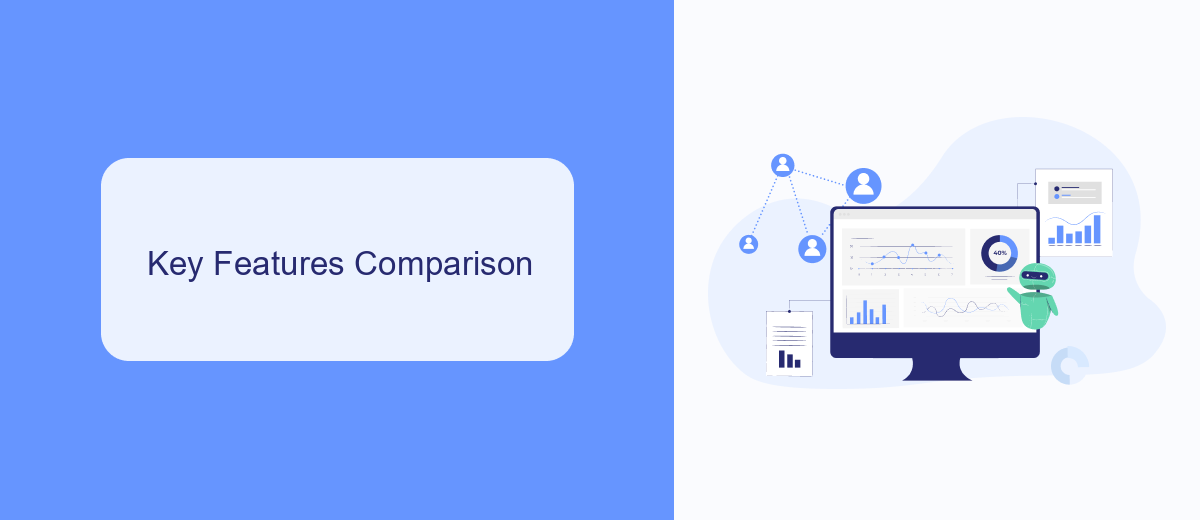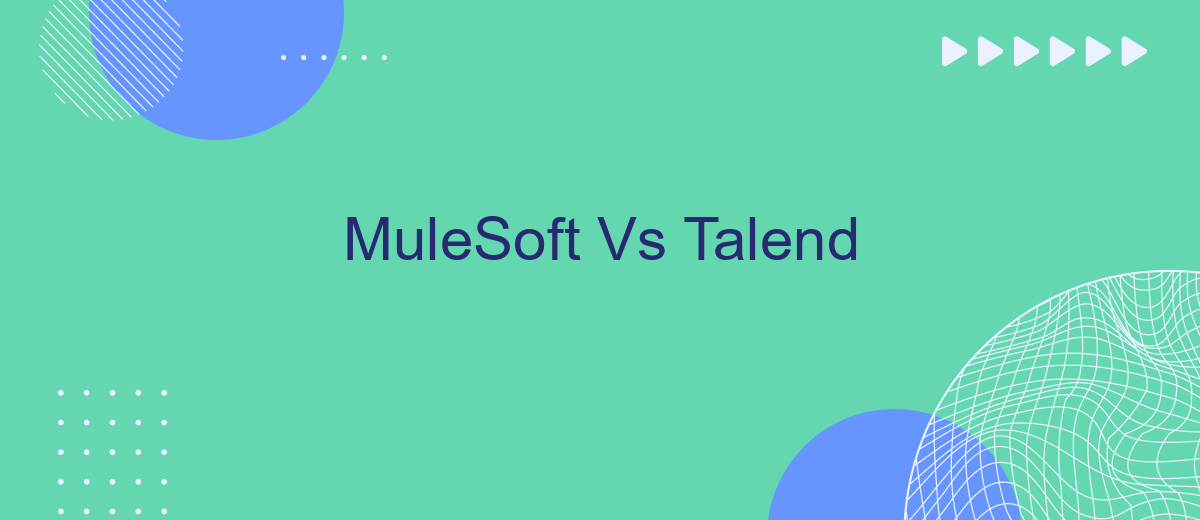Choosing the right data integration tool is crucial for businesses aiming to streamline operations and enhance data management. MuleSoft and Talend are two leading platforms in this domain, each offering unique features and capabilities. This article provides a comparative analysis of MuleSoft and Talend, helping you understand their strengths, weaknesses, and suitability for various business needs.
Overview
MuleSoft and Talend are two leading platforms in the field of data integration and API management. Both offer powerful tools for connecting various systems and enabling seamless data flow across applications. While MuleSoft is known for its robust API-led connectivity approach, Talend excels in data integration and transformation capabilities.
- MuleSoft: Focuses on API management and integration, offering tools like Anypoint Platform for building, deploying, and managing APIs.
- Talend: Specializes in data integration, providing solutions for data migration, data quality, and big data processing with tools like Talend Data Fabric.
- SaveMyLeads: A service that simplifies integration by automating data transfer between different applications, making it easier for businesses to manage leads and customer data.
Choosing between MuleSoft and Talend depends on your specific business needs. MuleSoft is ideal for organizations looking to streamline API management and connectivity, while Talend is better suited for those focused on comprehensive data integration and transformation. Additionally, services like SaveMyLeads can complement these platforms by automating routine data tasks, further enhancing efficiency.
Key Features Comparison

MuleSoft and Talend are both powerful integration platforms, but they have distinct key features. MuleSoft's Anypoint Platform excels in API management, offering a robust suite of tools for designing, building, and managing APIs. It provides a unified integration experience with pre-built connectors and templates, which significantly streamline the integration process. MuleSoft also supports real-time analytics and monitoring, making it easier to manage complex integrations and ensure optimal performance.
On the other hand, Talend is known for its strong data integration capabilities. It offers a comprehensive set of tools for data preparation, integration, and quality management. Talend's open-source nature allows for extensive customization, making it a flexible choice for various integration needs. Additionally, Talend provides a user-friendly interface and extensive support for cloud and big data technologies. Both platforms can benefit from third-party services like SaveMyLeads, which simplifies the process of automating lead data transfers between different applications, enhancing overall efficiency and productivity.
Use Cases

When comparing MuleSoft and Talend, it's important to consider their use cases to determine which platform best suits your needs. Both tools offer robust integration solutions, but they excel in different scenarios.
- Data Integration: MuleSoft is excellent for real-time data integration and API management, making it ideal for enterprises that need to connect multiple applications and data sources seamlessly. Talend, on the other hand, shines in batch data processing and ETL (Extract, Transform, Load) operations, making it a strong choice for data warehousing and analytics projects.
- Cloud Integration: MuleSoft offers a comprehensive suite for cloud integration, supporting a wide range of cloud services and platforms. Talend also supports cloud integration but is particularly strong in hybrid cloud environments, allowing for seamless data movement between on-premises and cloud systems.
- Ease of Use: Both platforms aim to simplify the integration process, but MuleSoft's Anypoint Platform provides a more user-friendly experience for API development and management. Talend offers a more intuitive interface for data integration tasks, with a strong focus on data quality and governance.
For businesses looking to streamline their integration processes, services like SaveMyLeads can be invaluable. SaveMyLeads automates lead data transfer between various platforms, reducing manual effort and ensuring data accuracy. Whether you choose MuleSoft or Talend, incorporating a service like SaveMyLeads can enhance your overall integration strategy.
Pricing and Licensing

When comparing MuleSoft and Talend, pricing and licensing are crucial factors to consider. MuleSoft operates on a subscription-based model with pricing tiers based on the number of integrations and the volume of data processed. This can make it more expensive for small to medium enterprises, but it offers robust features and scalability for larger organizations.
On the other hand, Talend offers both open-source and subscription-based options. The open-source version provides basic functionalities, while the subscription-based Talend Data Fabric includes advanced features, enterprise support, and additional tools for data integration, quality, and governance.
- MuleSoft: Subscription-based, scalable pricing
- Talend: Open-source and subscription-based options
- SaveMyLeads: Affordable, pay-per-integration pricing
For businesses looking for a cost-effective solution, SaveMyLeads offers a unique alternative with its pay-per-integration pricing model. This service allows companies to set up and manage integrations without the need for extensive technical expertise, making it an attractive option for smaller businesses or those with specific integration needs.
Conclusion
In conclusion, both MuleSoft and Talend offer robust solutions for data integration and management, each with its unique strengths. MuleSoft excels in providing a comprehensive API-led connectivity approach, making it ideal for organizations looking to build a scalable and flexible integration network. On the other hand, Talend stands out with its strong data governance and data quality features, which are crucial for businesses that prioritize clean and accurate data.
Choosing between MuleSoft and Talend ultimately depends on your specific business needs and integration requirements. For those seeking an easy-to-use platform for automating integrations without extensive coding, services like SaveMyLeads can also be considered. SaveMyLeads simplifies the process of connecting various applications, enabling businesses to streamline their workflows efficiently. By evaluating the unique features and capabilities of each platform, you can make an informed decision that best aligns with your organizational goals.
FAQ
What are the primary differences between MuleSoft and Talend?
Which platform is more suitable for real-time data processing?
How do MuleSoft and Talend handle scalability?
Can MuleSoft and Talend be integrated with third-party automation services?
Which platform offers better support for cloud-based integrations?
If you use Facebook Lead Ads, then you should know what it means to regularly download CSV files and transfer data to various support services. How many times a day do you check for new leads in your ad account? How often do you transfer data to a CRM system, task manager, email service or Google Sheets? Try using the SaveMyLeads online connector. This is a no-code tool with which anyone can set up integrations for Facebook. Spend just a few minutes and you will receive real-time notifications in the messenger about new leads. Another 5-10 minutes of work in SML, and the data from the FB advertising account will be automatically transferred to the CRM system or Email service. The SaveMyLeads system will do the routine work for you, and you will surely like it.
